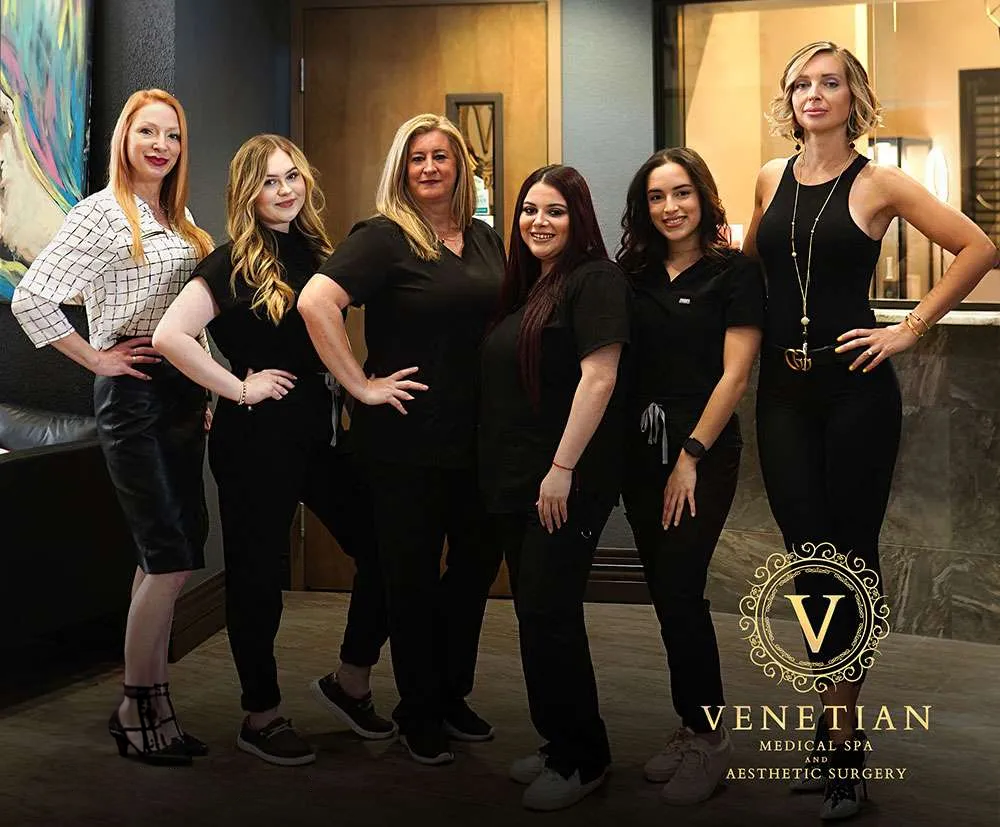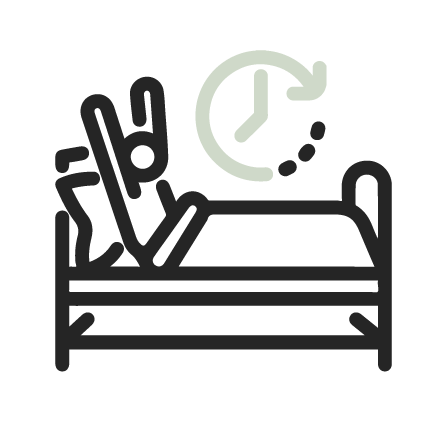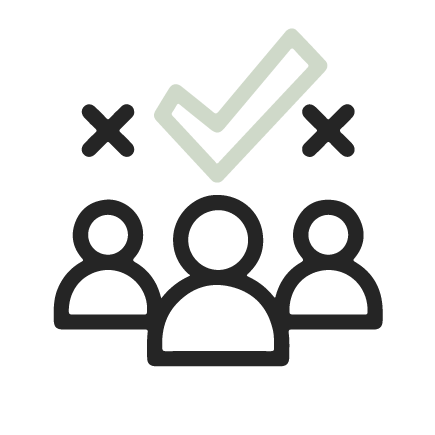What Are Varicose Veins?
(Superficial Thrombophlebitis or Varicoses)
Varicose veins, while often dismissed as a mere cosmetic concern, merit careful attention. Beyond the visible aesthetics, varicose veins can cause several medical concerns, such as leg fatigue, persistent swelling, and overall discomfort. Beyond the immediate discomfort, varicose veins may be a warning sign of potential long-term health risks.
Startling statistics reveal that 1 in 4 adults in the United States suffer from varicose veins. If left unchecked, varicose veins can evolve into more serious complications, such as the formation of blood clots or broader circulatory issues.
It's crucial to recognize that any vein is susceptible to becoming varicose. Nevertheless, the veins in the legs and feet bear the brunt, succumbing to increased pressure from prolonged standing and walking. Treating varicose veins as a mere cosmetic inconvenience overlooks the potential health ramifications, making proactive attention to these venous concerns paramount for the patient's overall well-being.
-
WHAT IS THE DOWNTIME?
Downtime varies by treatment method. Typically, it takes a few days, with complete healing in 6-8 weeks.
-
WILL I HAVE RESTRICTIONS?
Avoid strenuous exercise and heavy lifting for up to 10 days; wear compression stockings for 2-3 weeks.
-
WHO IS A GOOD CANDIDATE?
Female or male non-smokers, generally in good health, and bothered by the appearance of the veins.
When to Consider Treating Varicose Veins
There's no single "right" answer to when you should treat varicose veins. The decision is a personal choice and depends on several factors, including:
Cosmetic Concerns
- Appearance: Treatment might be a good option if the varicose veins bother you cosmetically and affect your confidence.
- Location: Varicose veins typically appear on the legs but can also be visible on other areas like the face. Visibility and its impact on your self-esteem influence the decision.
- Severity: The number, size, and prominence of the veins can influence your choice. If they're extensive and noticeable, you might be more likely to seek treatment.
Physical Symptoms
- Pain or discomfort: Some people experience aching, burning, or itching around varicose veins. If these symptoms cause significant discomfort, treatment can offer relief.
- Swelling: Varicose veins can cause leg swelling, which can be uncomfortable and affect mobility in some cases. Consulting a doctor to investigate the cause and consider treatment is vital.
- Bleeding: Although rare, varicose veins can bleed if injured. Seeking medical attention and discussing preventive measures is crucial.
General Considerations
- Impact on daily life: If varicose veins significantly impact your daily activities or quality of life due to pain, swelling, or limited mobility, seeking treatment can be beneficial.
- Personal preference: Ultimately, the decision to treat varicose veins is yours. Weigh the cosmetic and physical concerns, risk factors, and available treatment options based on your preferences and comfort level.
A qualified dermatologist, vascular surgeon, or primary care doctor can help you understand the severity of your varicose veins and explore treatment options. They can assess your risk factors, explain potential benefits and risks of treatment, and help you make an informed decision that aligns with your needs and goals.
Recovery and Downtime
The recovery and downtime after varicose vein treatment depends on your specific treatment type. Most procedures are minimally invasive and come with minimal downtime. Here's a general breakdown:
Overall
- Return to normal activity: Many patients resume work and daily activities within 24-36 hours, sometimes even the same day.
- Full recovery: Complete healing can take 6-8 weeks, though improvements are often visible sooner.
- Discomfort: There may be some bruising, tenderness, and tightness around the treated veins, which typically resolves within 1-2 weeks.
By Treatment Type
- Sclerotherapy: No downtime typically, but avoid strenuous exercise for three days and wear compression stockings for 2-3 weeks.
- Endovenous Laser Ablation (EVLA): Minimal downtime, resume light activity immediately, and gradually increase over a week. Avoid heavy lifting and strenuous exercise for 7-10 days.
- Radiofrequency Ablation (RFA): Similar to EVLA, with minimal downtime and gradual return to activity.
- Microphlebectomy: This may require wearing compression stockings for a week and avoiding standing for long periods. Light activity is encouraged, but avoid strenuous exercise for 7-10 days.
Additional Things to Keep In Mind
- Your doctor will provide specific recovery instructions based on your case and treatment.
- It's important to wear compression stockings as directed by your doctor.
- Avoid prolonged sitting or standing, and elevate your legs when resting.
- Stay hydrated and maintain a healthy diet.
- Attend all follow-up appointments with your doctor.

Treatment aims for permanent vein closure, but new varicose veins can develop in other leg veins over time. Maintaining a healthy lifestyle with regular exercise, weight management, and avoiding prolonged standing or sitting can help minimize recurrence risk.







